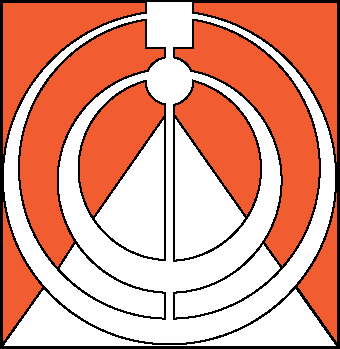Bangor Township Middle School Students Give Two Thumbs Up to Science and Engineering
Tuesday, April 5, 2016
Ralph Waldo Emerson famously wrote that life is a journey, not a destination. You might think that's an adage for adults to ponder. But seventh graders at Christa McAuliffe Middle School (Bangor Township Schools) in Bay City, Michigan are discovering that—like life—science and engineering can be as much about the journey as the destination.
Starting last November, students in Sheri Turner and Gwen Windiate's seven science classes spent three months tackling the Mi-STAR unit “Building Materials: How We Use Our Natural Resources.†The unit poses a hypothetical problem that in the real world would be addressed by professional engineers. These 12- and 13-year-olds were challenged to recommend an insulation material to the local mayor, who was designing a new, green community center for entry in a sustainable building contest.
But what, exactly, is “green� Is it local? Renewable? Exceptional thermal performance? And what happens to that insulation in 75 years? Can you reuse it? Or does it end up in a landfill?
Each science class divided into teams of about half a dozen students, and each team studied a different type of insulating material. Nearly every day, the teams worked with their teachers to uncover new details about their fiberglass, polystyrene foamboard, rock wool and cellulose insulation samples.
They rated their materials objectively based on five criteria. They also assigned each criterion a “weightâ€: a more subjective measure of how important it would be in calculating an ultimate recommendation. Was it more important that the insulation be made locally from renewable materials? Or that it had the highest R value? For six weeks, the students built a decision matrix for their material, multiplying the rating and weights to come up with a final measure of “greenness.â€
Throughout the unit, the teams had to support their choices with evidence and reasoning based on what they'd learned in class.
Not unexpectedly, each student team was partial to its own insulation material. And at the end of the unit, each hoped to convince their classmates that their insulation was key to winning the green building contest. Finally, however, the numbers spoke for themselves, and the entire class developed a single recommendation for the “mayor.â€
That's when the seventh graders discovered another of life's truths: there's more than one way to be right. There was no consensus among the science classes, because while ratings were consistent across the board, calculating the best insulation material depended on the weighting they assigned to each criterion, and weighting is essentially subjective.
At the end, they saw that this is how decisions happen in the real world: the way in which you ask a question has a lot of bearing on the answer. The process is really important.
So how did the students like their first taste of Mi-STAR? Gwen and Sheri gave us updates regularly throughout the unit, and we were shocked. Insulation material is not the jazziest topic, but the students were excited from the very first lesson. “It was a real-world example they could understand,†Gwen told us.
While conventional classroom teaching asks students to memorize a disconnected bundle of facts, the Unit Challenge “ties it all together and keeps it flowing,†says Sheri. She also reports that the Unit Challenge gave her students a chance to work on their teamwork. “They were able to actually talk things out and work on problem-solving with each other. That was great, and it is challenging for them.â€
One lesson in particular stood out—“Synthesizing a Synthetic.†The idea behind the lesson doesn't sound all that exciting: using chemistry to transform natural resources into synthetic materials with enhanced properties that meet societal needs. But the students loved creating “flubber†and witnessing first-hand how the material's properties change after undergoing chemical reactions. They mixed borax and glue over and over again to achieve just the right balance of stretchiness and bounciness.
Anyone who has played with Silly Putty will know what I mean.
GET Mi-STAR NEWS BY E-MAIL!
Copyright © 2025 Mi-STAR
Mi-STAR was founded in 2015 through generous support provided by the Herbert H. and Grace A. Dow Foundation. Mi-STAR has also received substantial support from the National Science Foundation, the MiSTEM Advisory Council through the Michigan Department of Education, and Michigan Technological University.













 Â Â Â Â
    





